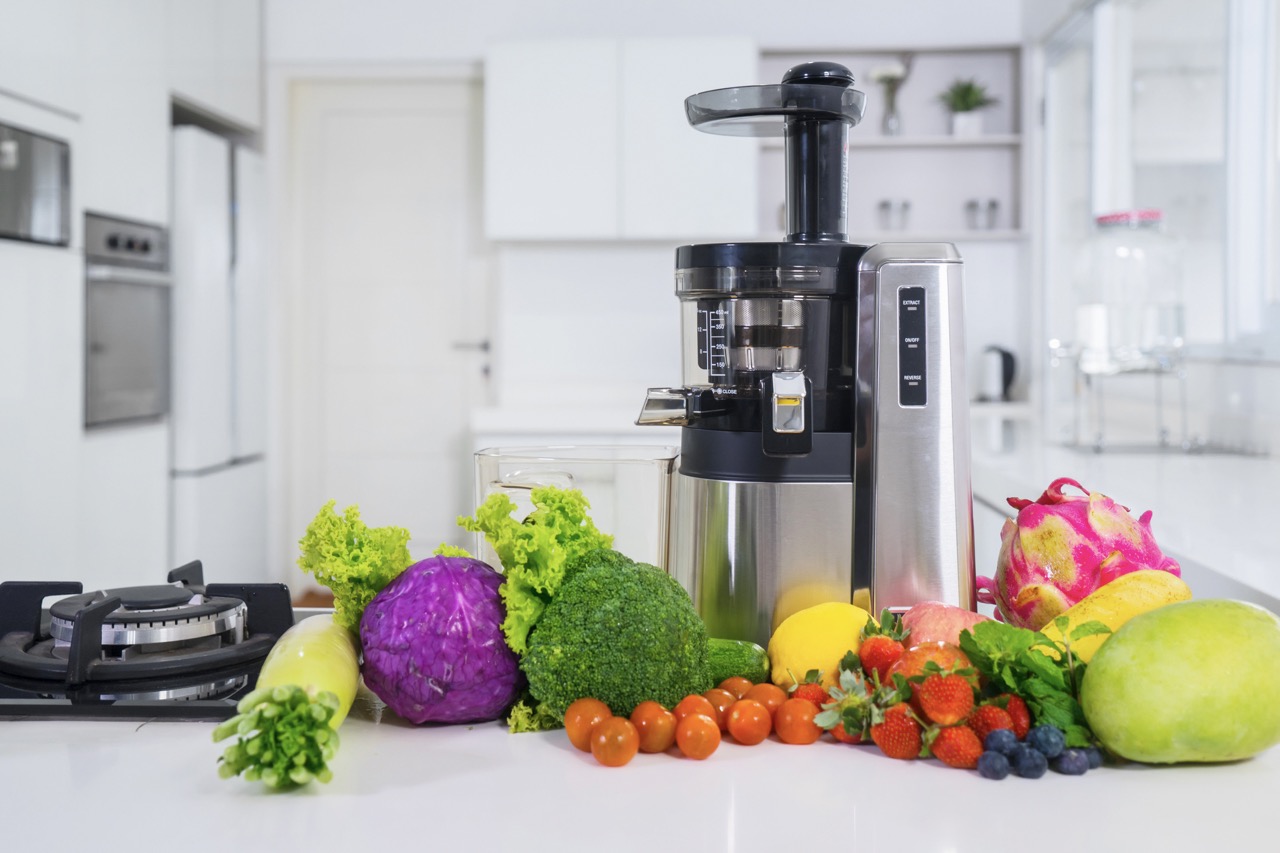

Articles
Food Processor What To Look For
Modified: February 28, 2024
Looking for articles on what to look for when buying a food processor? Get expert advice and tips to find the perfect one for your kitchen.
(Many of the links in this article redirect to a specific reviewed product. Your purchase of these products through affiliate links helps to generate commission for Storables.com, at no extra cost. Learn more)
Introduction
A food processor is an essential kitchen appliance that can simplify and streamline your cooking process. Whether you’re a seasoned chef or a novice in the kitchen, having a reliable food processor can make a world of difference in your culinary endeavors. From chopping and slicing to kneading dough and pureeing, a food processor can handle a variety of tasks with ease and efficiency.
When it comes to choosing the right food processor, there are several factors to consider. From power and performance to capacity and attachments, each element contributes to the overall functionality of the appliance. In this article, we will explore the key features to look for in a food processor, helping you make an informed decision that best suits your cooking needs.
Key Takeaways:
- Choose a food processor with the right power, capacity, and safety features to match your cooking needs. Consider noise level, ease of use, and warranty for a well-rounded investment in your culinary journey.
- Prioritize features like versatile blades, ease of cleaning, and responsive customer support when selecting a food processor. Balance performance, budget, and long-term value for a satisfying kitchen experience.
Read more: What Is The Best Food Processor
Power and Performance
One of the most important factors to consider when selecting a food processor is its power and performance. The power of a food processor is measured in wattage, which determines how efficiently it can handle a range of tasks. A higher wattage generally indicates a more powerful motor, capable of tackling tougher ingredients and providing faster results.
While a food processor with a higher wattage may seem appealing, it’s essential to consider your specific cooking needs. If you primarily use your food processor for basic chopping and blending tasks, a lower wattage model may be sufficient. However, if you regularly work with dense ingredients or plan on using your food processor for more demanding tasks like kneading dough, a higher wattage model will be more suitable.
In addition to wattage, consider the number of speed settings available in the food processor. Multiple speed options allow for more precise control over the processing, ensuring optimal results for different ingredients and recipes. Look for a food processor with at least three or more speed settings to cater to a variety of cooking requirements.
Furthermore, some food processors offer a pulse function, which provides short bursts of power for quick and controlled processing. This feature is particularly useful when you want to achieve a specific texture or consistency, such as finely chopping nuts or creating a chunky salsa. The pulse function allows you to have better control over the processing without overworking the ingredients.
Capacity and Bowl Size
When it comes to capacity and bowl size, it is essential to consider the amount of food you typically prepare in your kitchen. Food processors come in various bowl sizes, ranging from small to large, to accommodate different cooking needs.
If you frequently cook for a small household or prepare small batches of ingredients, a food processor with a smaller bowl capacity may be sufficient. These models are more compact and take up less counter space. However, if you often cook for larger gatherings or prefer to prepare meals in large quantities to portion and freeze, a food processor with a larger bowl capacity will be more suitable.
It is crucial to strike a balance between the bowl size and the amount of counter space available in your kitchen. Consider the dimensions of the food processor and ensure that it fits comfortably on your countertop or in your storage space.
Additionally, some food processors come with multiple bowl sizes or offer the option to purchase additional bowls. This versatility allows you to choose the appropriate bowl size for your specific cooking needs, ensuring that you can handle both small and large tasks efficiently.
Another feature to consider regarding the bowl is its material. Most food processor bowls are made of either plastic or stainless steel. Plastic bowls are lightweight and easy to handle, while stainless steel bowls are more durable and resistant to staining and odors. Consider your preferences and intended use to determine which bowl material is best suited for your needs.
Speed Settings and Pulse Function
Speed settings and pulse function are essential features to consider when choosing a food processor. These options provide you with control over the processing speed and allow for precise results, depending on the ingredients and recipes you’re working with.
A food processor with multiple speed settings offers versatility in handling different types of ingredients. Lower speed settings are ideal for delicate tasks such as mixing, whipping, or emulsifying. Higher speed settings are suitable for chopping, blending, or pureeing tougher or denser ingredients.
Having a wide range of speed options allows you to adjust the processing speed according to the specific needs of your recipes. It ensures that you can achieve the desired texture and consistency, whether you’re preparing smooth sauces, chunky salsas, or finely chopped ingredients.
In addition to speed settings, the pulse function is another valuable feature to look for in a food processor. The pulse function provides short bursts of power, allowing you to control the processing and achieve the desired texture. It is particularly useful when you want to achieve a coarse chop, create a crumbly dough, or have greater control over the processing without overworking the ingredients.
With the pulse function, you can easily achieve a variety of textures, from fine to coarse, by simply pulsing the food processor for the desired duration. This feature is especially handy when recipes call for specific textures or when you prefer more control over the processing result.
Having both speed settings and a pulse function in a food processor gives you the flexibility to handle a wide range of recipes and ingredients with precision. It allows you to customize the processing to suit your preferences and achieve the best outcome for your culinary creations.
Blades and Attachments
The blades and attachments of a food processor are crucial elements that determine its versatility and functionality. Different blades and attachments are designed to handle specific tasks, allowing you to accomplish a wide range of food preparation techniques.
The most common blade found in food processors is the S-shaped stainless steel blade. This versatile blade is ideal for chopping, pureeing, and blending ingredients. It can handle a variety of tasks, from chopping vegetables to creating smooth and creamy sauces or soups.
Some food processors also come with additional blades designed for specific tasks. For example, a slicing disc can be used to slice fruits and vegetables uniformly, while a shredding disc can be used to shred cheese or vegetables for salads or gratins. These blades provide added versatility and convenience in your food preparation process.
Attachments can also expand the capabilities of a food processor. Common attachments include a dough blade for kneading dough, a citrus juicer for extracting fresh juice, and a whipping or emulsifying attachment for making whipped cream or emulsified dressings.
When considering blades and attachments, think about the types of recipes you frequently prepare and the culinary techniques you’d like to master. Choosing a food processor with the appropriate blades and attachments can save you time and effort in the kitchen, as you’ll have the necessary tools to efficiently complete a wide range of culinary tasks.
Furthermore, consider the ease of attaching and detaching the blades and attachments. Look for a food processor that offers a secure and straightforward attachment mechanism, allowing you to switch between blades and attachments with ease. Also, ensure that the blades and attachments are dishwasher safe for convenient cleaning.
Read more: What To Make In Food Processor
Safety Features
Safety should always be a top priority when using any kitchen appliance, including a food processor. Fortunately, many food processors are equipped with various safety features to ensure your peace of mind during operation.
One essential safety feature to look for is a locking mechanism. This feature ensures that the bowl and lid securely lock into place before the food processor can operate. This prevents any accidental spills or injuries that could occur if the lid were to come off during use.
In addition to the locking mechanism, some food processors have safety interlock systems. This means that the motor will not start unless all the components, such as the bowl and lid, are correctly assembled. This feature provides an extra layer of protection against potential accidents caused by improper assembly.
Another safety feature to consider is a safety cutoff switch. This feature automatically turns off the food processor if it detects an overheating or overloading situation. It helps prevent damage to the motor and ensures that the appliance operates within safe parameters.
Some food processors also have non-slip feet or a sturdy base to provide stability during operation. This prevents the appliance from moving or sliding on the countertop, reducing the risk of accidents or spills.
It is important to carefully read the user manual and familiarize yourself with the specific safety features and instructions for your chosen food processor. Following the manufacturer’s guidelines will help ensure safe and proper use of the appliance.
While safety features are important, it’s also crucial to practice safe handling of the food processor. Always unplug the appliance when not in use and keep fingers away from the blade when assembling, disassembling, or cleaning the unit.
By choosing a food processor with robust safety features and following proper usage guidelines, you can enjoy the convenience and efficiency of the appliance without compromising your safety or that of others in the kitchen.
Look for a food processor with a powerful motor, a variety of blade and disc attachments, and a large capacity bowl to handle different types of food preparation tasks.
Ease of Use and Cleaning
When investing in a food processor, it is essential to consider its ease of use and cleaning. These factors can greatly impact your overall experience and convenience in the kitchen.
An intuitive and user-friendly design can make operating the food processor effortless. Look for a model with clearly labeled controls and functions, making it easy to understand and navigate. The control panel should be easy to access and operate, allowing you to adjust speed settings and pulse function with minimal effort.
The size and weight of the food processor should also be taken into consideration. A compact and lightweight model is easier to handle and store, especially if you have limited countertop or storage space. However, ensure that the size is not too small that it compromises the capacity and functionality you require.
Another aspect to consider is the ease of cleaning the food processor. Look for a model that is dishwasher safe, especially the parts that come into contact with food. This makes the cleaning process more convenient and time-saving. Some food processors also come with detachable parts that can be easily removed for thorough cleaning.
Additionally, check if the food processor has removable blades and attachments, as they can be challenging to clean if they are not easily detachable. Make sure that these parts can be easily disassembled and reassembled for cleaning purposes.
Some food processors come with special cleaning tools or brushes, further assisting in the cleaning process. These tools are designed to reach into tight spaces and remove any food remnants, ensuring proper hygiene and preventing the build-up of bacteria.
Reading customer reviews and feedback can also provide insights into the ease of use and cleaning of a particular food processor model. Real-world experiences from other users can help you gauge the practicality and convenience of the appliance.
By selecting a food processor that is user-friendly and easy to clean, you will be able to enjoy its benefits without the hassle of complicated operation or difficult maintenance. Investing in a model that prioritizes ease of use and cleaning will not only save you time but also enhance your overall experience in the kitchen.
Noise Level
Noise level is an important consideration when choosing a food processor, especially if you value a quiet and peaceful cooking environment.
Food processors with powerful motors tend to generate more noise during operation. The noise level can vary depending on the wattage of the motor and the overall design of the appliance. While it is difficult to determine the exact noise level without testing the appliance, you can look for food processors that advertise lower noise levels or have features specifically designed to minimize noise.
Some food processors are equipped with noise-reducing features, such as insulation or dampening materials, to help reduce the noise generated during operation. These features can help create a quieter cooking experience, allowing you to prepare meals without producing excessive noise that can disrupt conversations or disturb others in the household.
It is worth noting that noise level preferences vary from person to person. What may be tolerable for some may be considered loud for others. If noise level is a significant concern for you, it may be beneficial to read customer reviews or consult the product specifications to get a sense of the noise level experienced by other users.
Keep in mind that even with noise-reducing features, using a food processor will still produce some level of noise. However, selecting a food processor that prioritizes minimizing noise can help create a more enjoyable and pleasant cooking experience.
If noise level is a crucial factor for you, you may also consider using the food processor during quieter times of the day or in a separate area of the kitchen away from commonly used spaces.
Overall, finding a food processor with a noise level that suits your preferences can significantly enhance your cooking experience, making it more comfortable and enjoyable for both you and those around you.
Warranty and Customer Support
When purchasing a food processor, it is important to consider the warranty and customer support offered by the manufacturer. These factors provide peace of mind and ensure that you are protected in case of any defects or issues with the appliance.
Most reputable food processor brands offer a warranty period that typically ranges from one to three years. The warranty typically covers manufacturing defects and malfunctions during normal use. It is important to carefully read the terms and conditions of the warranty to understand what is included and any specific requirements for maintenance or repairs.
Having a warranty in place allows you to seek repairs or replacements without incurring additional expenses if the food processor malfunctions or fails within the specified warranty period. This can save you from costly repairs or the need to purchase a new appliance.
It is also important to consider the manufacturer’s customer support and service. Look for brands that have a strong reputation for providing excellent customer service and support. This ensures that you can easily reach out to the manufacturer in case of any issues, warranty claims, or general inquiries regarding the product.
Check if the manufacturer has a dedicated customer support hotline or email address, as well as a responsive and knowledgeable customer service team. This will make it easier for you to seek assistance or clarification when needed.
Reading customer reviews and feedback can give you insights into the level of customer support provided by the manufacturer. Positive reviews regarding the promptness and helpfulness of the customer service team indicate a reliable and responsive support system.
Furthermore, consider whether the manufacturer offers additional services such as product registration or online resources such as user manuals or troubleshooting guides. These resources can be invaluable in helping you make the most out of your food processor and addressing any common issues or questions that may arise.
By choosing a food processor from a reputable brand with a solid warranty and strong customer support, you can have peace of mind knowing that you are covered in case of any issues or concerns with your appliance. It ensures that you receive the necessary assistance to resolve any problems and maximize the lifespan and functionality of your food processor.
Read more: What Does A Food Processor Do
Price and Budget Considerations
One important factor to consider when choosing a food processor is your budget and the price range of the appliance. Food processors come in a wide range of prices, so it’s important to determine how much you are willing to spend based on your budget and specific needs.
The price of a food processor can vary depending on various factors such as brand reputation, size, power, features, and included attachments. Typically, higher-end models with advanced features and larger capacities tend to be more expensive.
Before making a purchase, it is important to assess your cooking needs and consider how often and for what purposes you will be using the food processor. This will help you determine the level of performance, capacity, and features that are essential for your culinary requirements.
Take the time to research different brands and models to get an idea of the price range for food processors that meet your criteria. Compare prices from various retailers to find the best deal within your budget.
Keep in mind that while it may be tempting to opt for a higher-priced model, it’s important to evaluate whether the additional features and performance justify the price. Consider whether these added features will genuinely enhance your cooking experience and whether they align with your specific needs.
It is also worth considering the long-term investment when determining your budget. Investing in a quality food processor with a higher price tag may be more cost-effective in the long run, as it is likely to be more durable and have a longer lifespan.
Additionally, consider factors such as warranty coverage and customer support when assessing the overall value of a food processor. A reliable warranty and responsive customer support can contribute to the overall satisfaction and longevity of the appliance.
Ultimately, finding the right balance between price and features is key when selecting a food processor. A thorough evaluation of your budget, cooking needs, and product specifications will guide you in making a well-informed decision and finding the best value for your money.
Conclusion
Choosing the right food processor for your kitchen is an important decision that can greatly enhance your culinary experience. By considering the key factors discussed in this article, you can make an informed choice that aligns with your cooking needs, preferences, and budget.
Power and performance are crucial considerations, as they determine the food processor’s ability to handle a variety of tasks efficiently. Consider the wattage, speed settings, and pulse function to ensure optimal performance for your specific cooking requirements.
Capacity and bowl size play a significant role in determining the amount of food the food processor can handle. Assess your typical cooking quantities to choose a bowl size that suits your needs without sacrificing counter space.
The blades and attachments offered by the food processor contribute to its versatility. Look for models with a range of blades and attachments that align with the recipes and techniques you frequently use in the kitchen.
Safety features are paramount to ensure secure operation. Consider food processors with locking mechanisms, safety interlocks, and safety cutoff switches to prevent accidents and protect both you and the appliance.
Ease of use and cleaning are important factors that directly affect the convenience of using the food processor. Look for models with intuitive controls, dishwasher-safe parts, and detachable components for easy cleaning.
Noise level is a consideration for those who value a quiet cooking environment. Opt for a food processor with noise-reducing features to minimize noise during operation.
Consider the warranty and customer support offered by the manufacturer. A reliable warranty and responsive customer service ensure peace of mind and assistance in case of any issues or concerns with the appliance.
Last but not least, consider your budget and the price range that aligns with your needs and preferences. Take into account the features, performance, and long-term investment potential to find the best value for your money.
In conclusion, selecting the right food processor involves careful consideration of power, capacity, blades, safety features, ease of use, noise level, warranty, customer support, and budget. By striking the right balance and choosing a food processor that meets your requirements, you can elevate your culinary skills and streamline your food preparation process for years to come.
Frequently Asked Questions about Food Processor What To Look For
Was this page helpful?
At Storables.com, we guarantee accurate and reliable information. Our content, validated by Expert Board Contributors, is crafted following stringent Editorial Policies. We're committed to providing you with well-researched, expert-backed insights for all your informational needs.
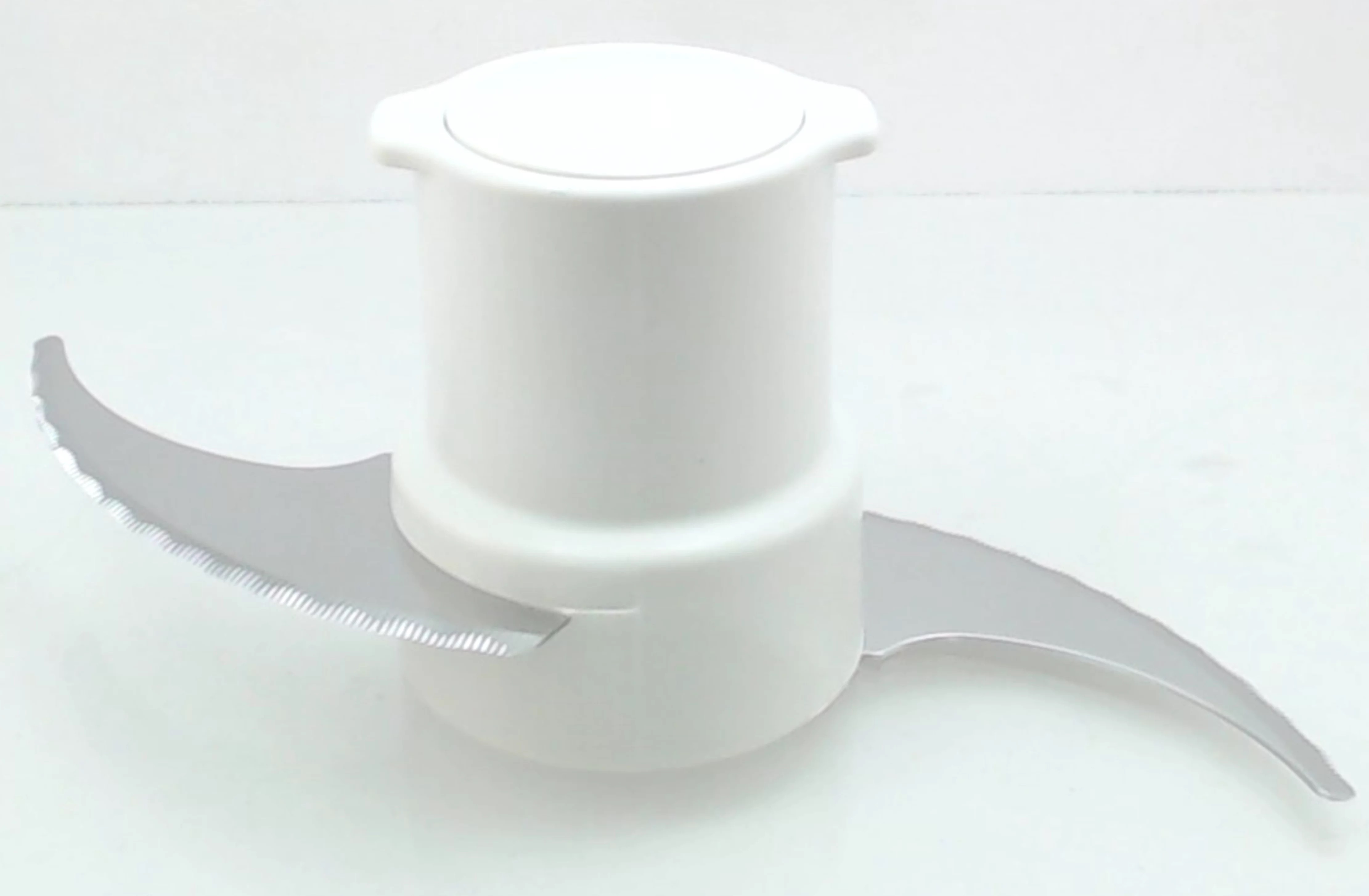
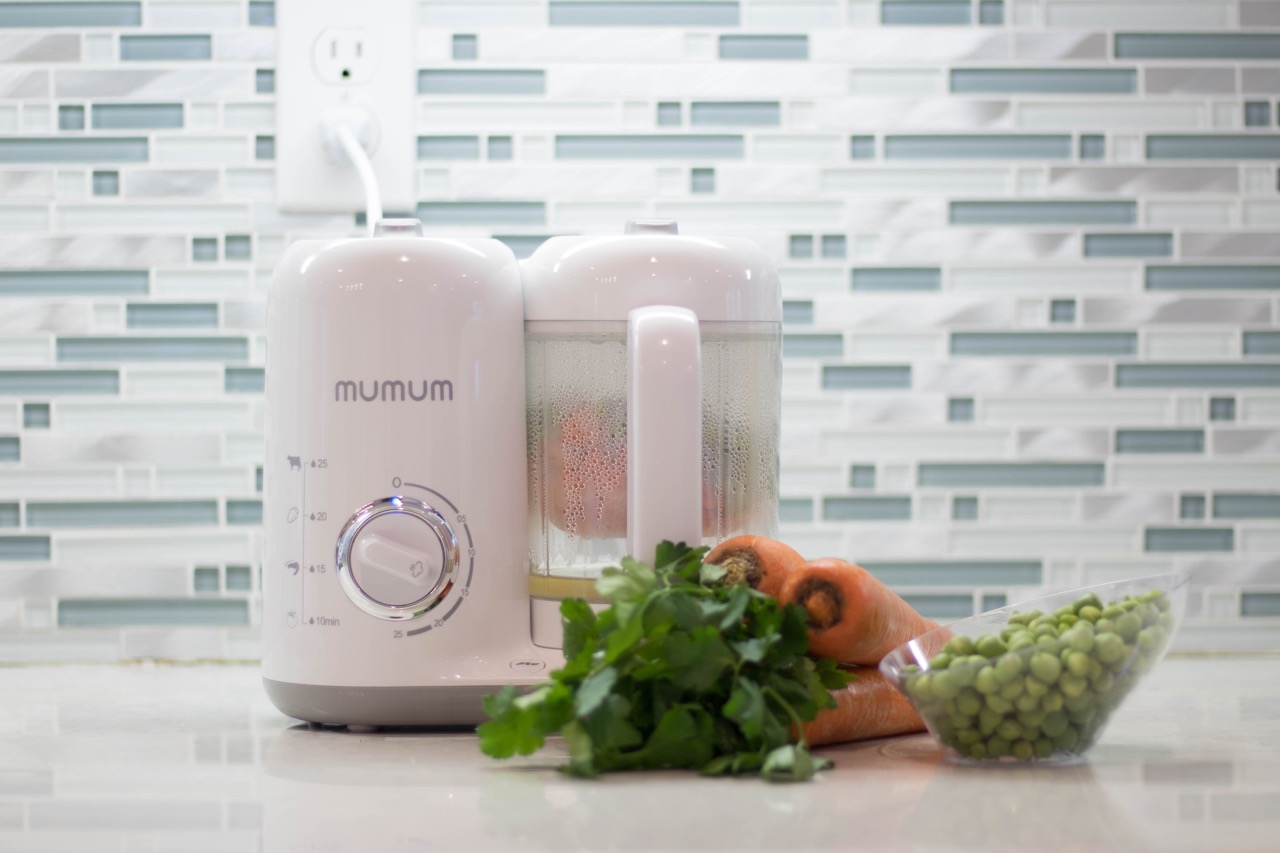
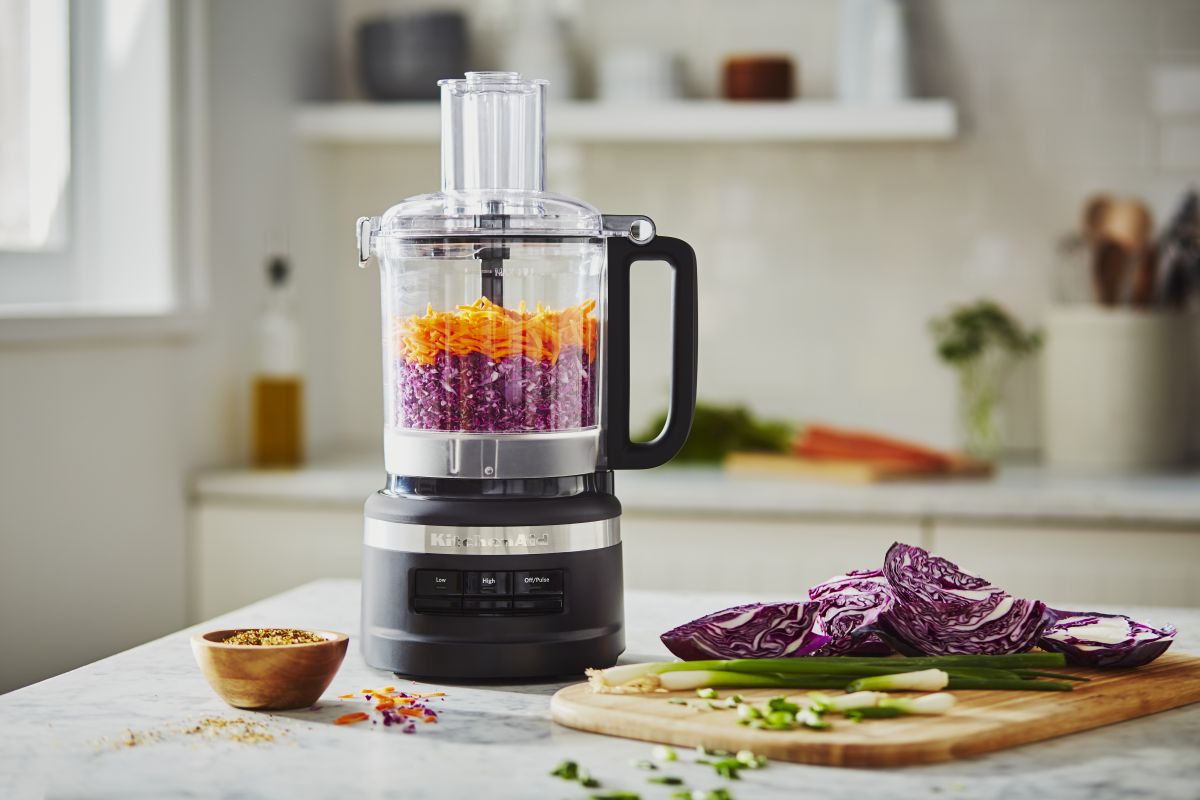
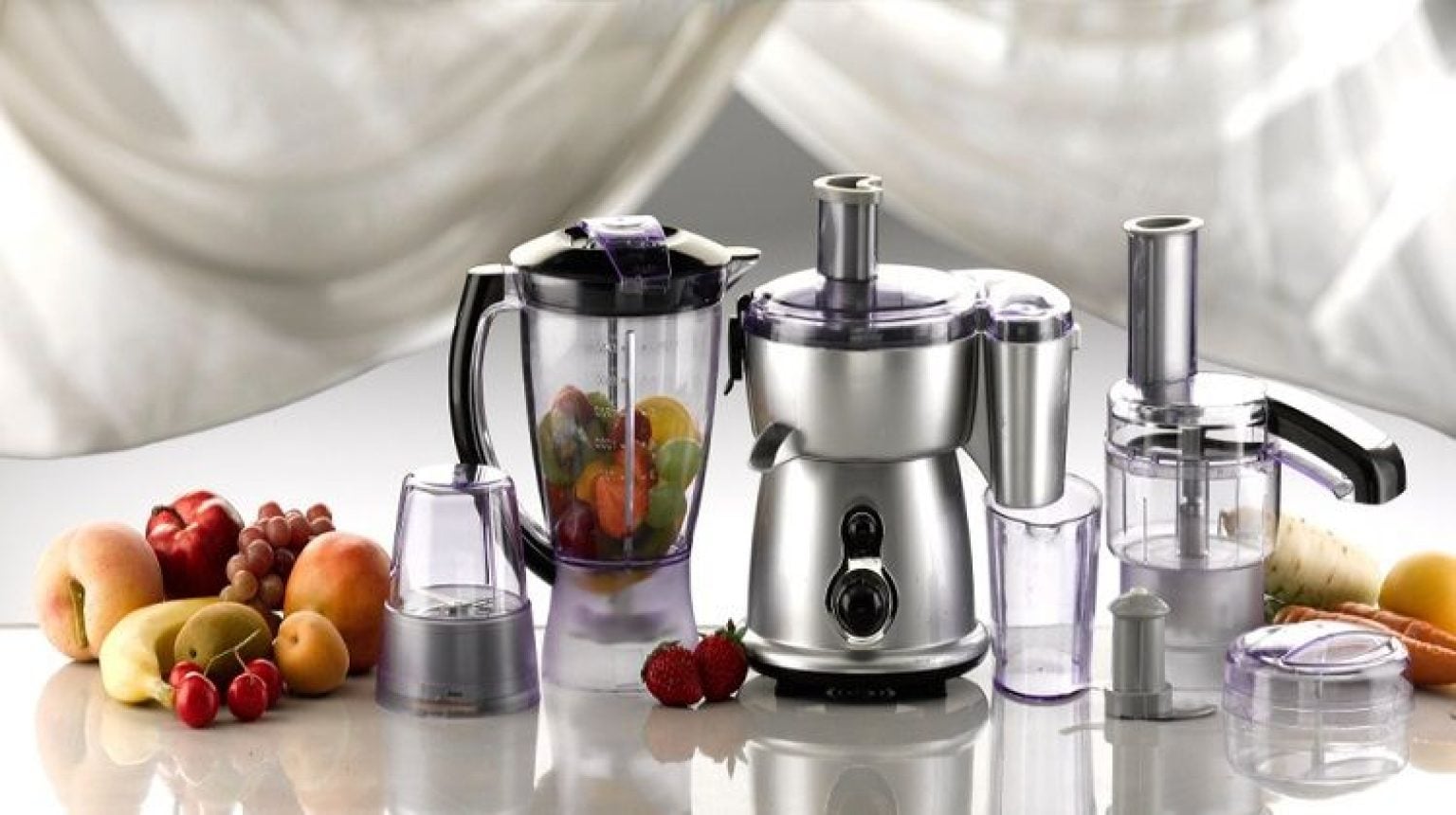
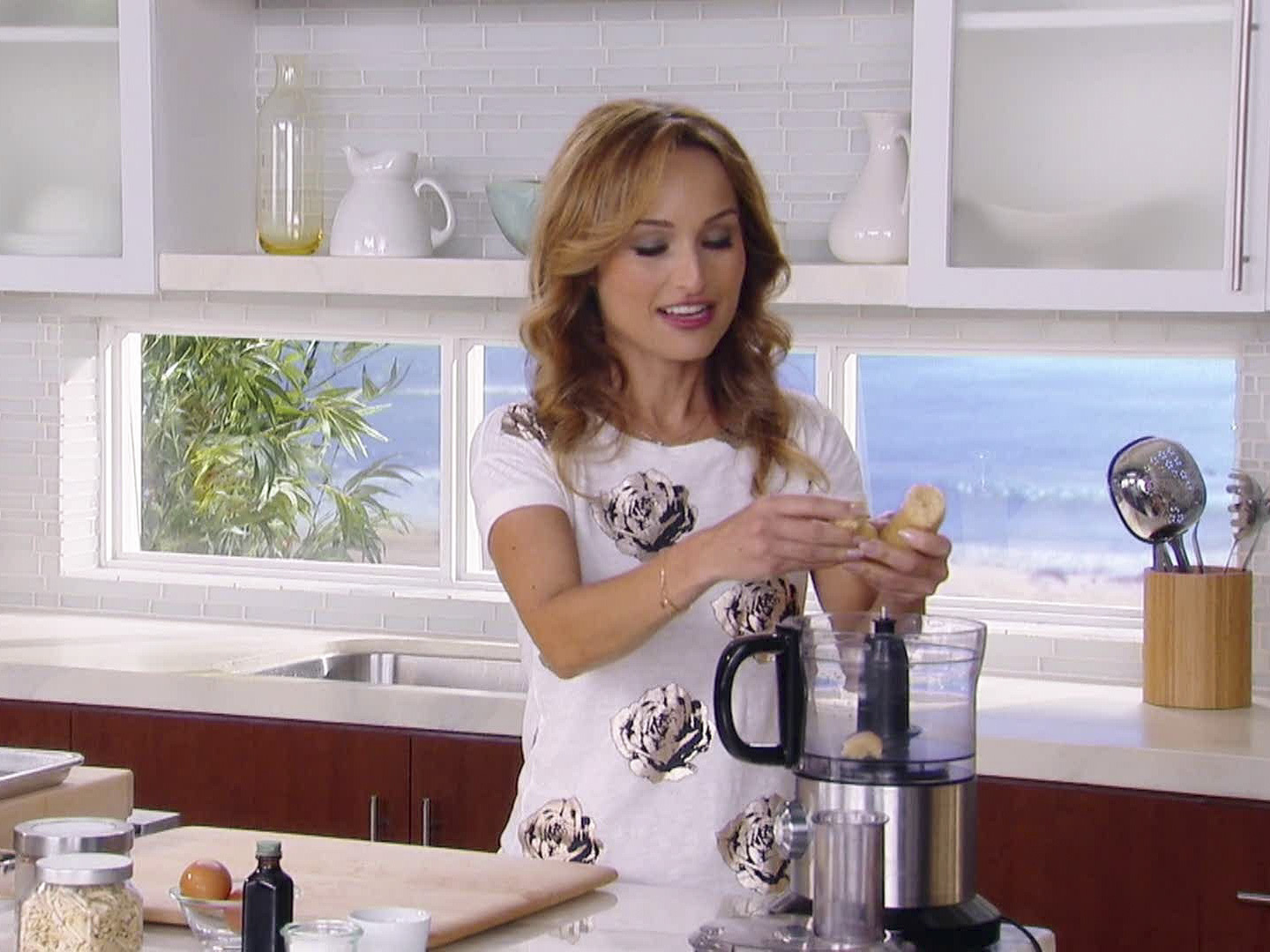

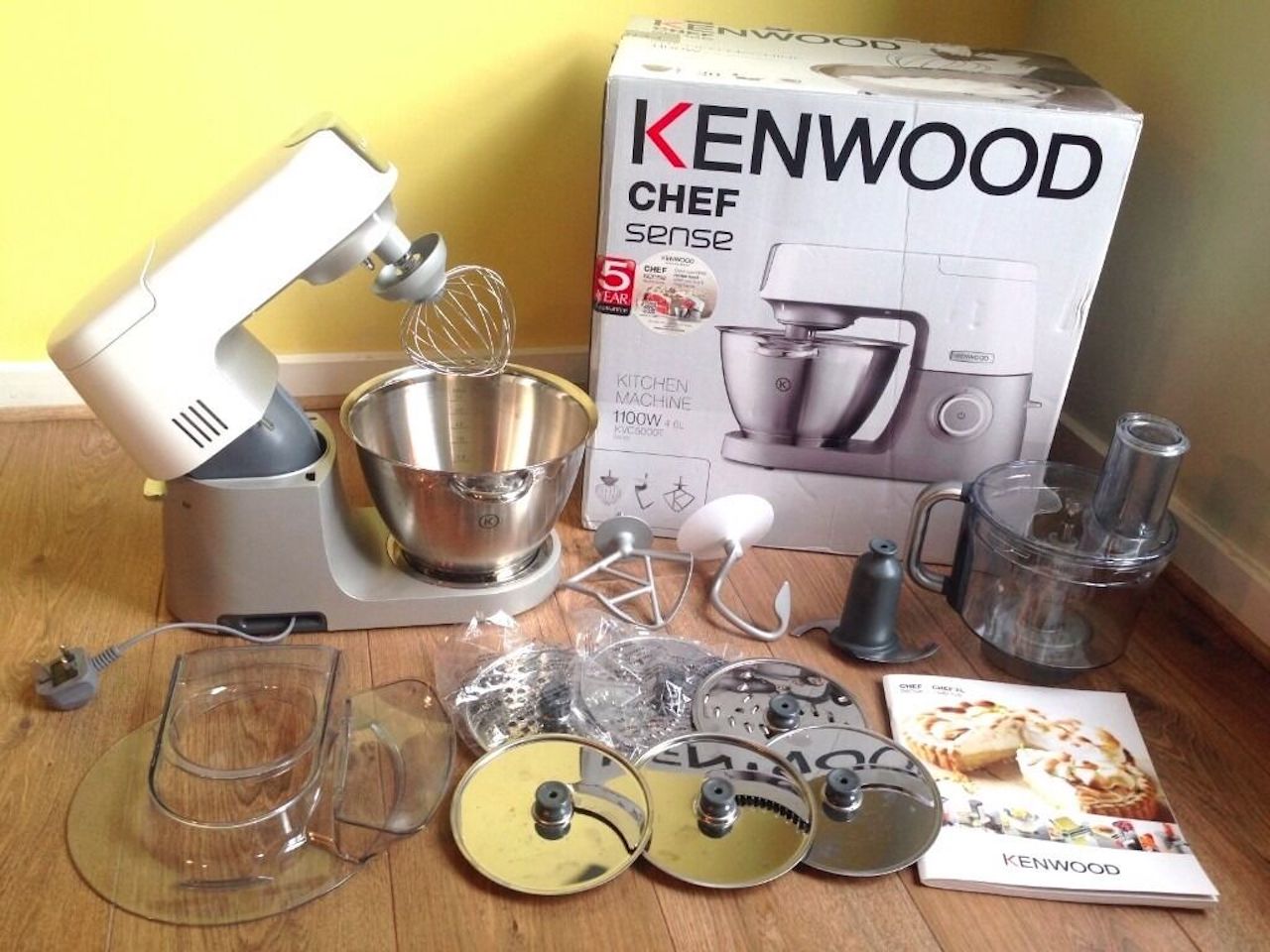
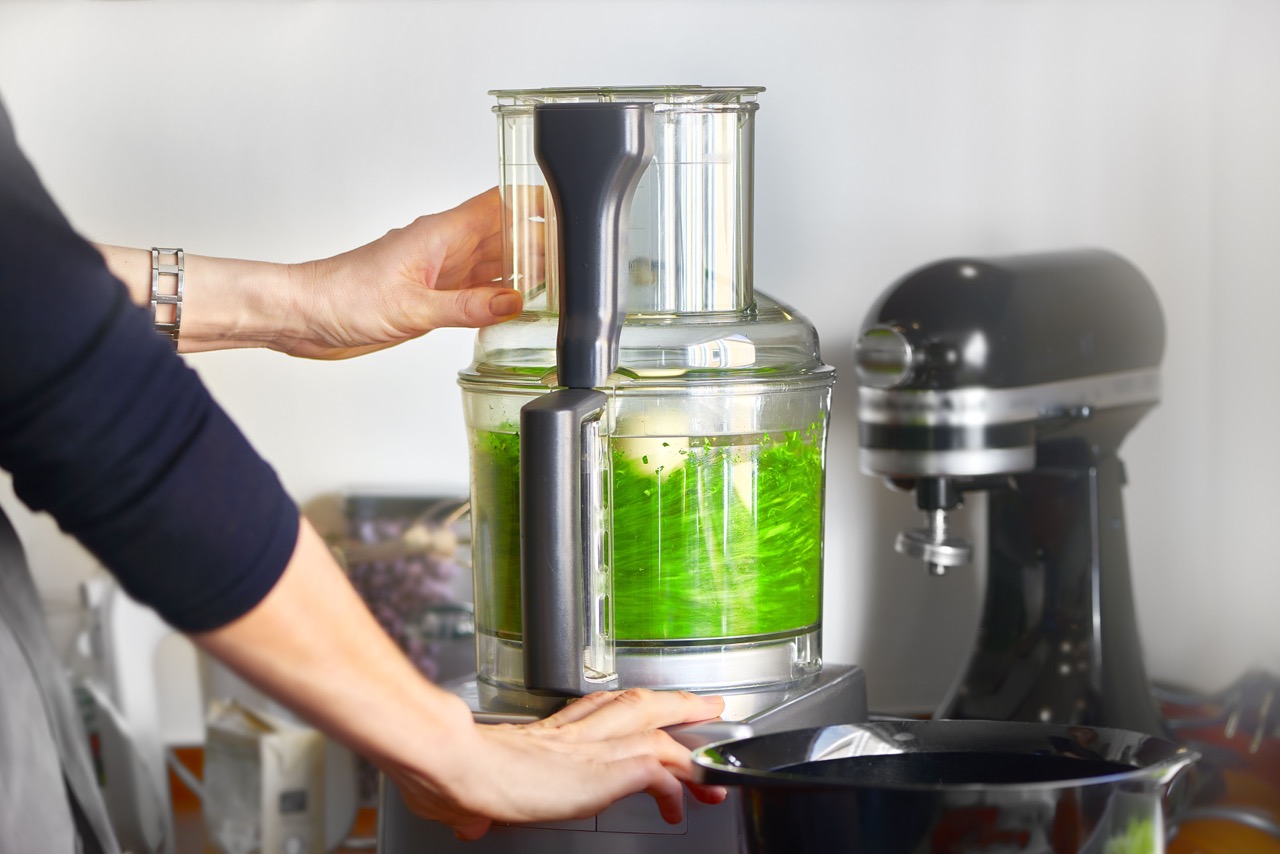
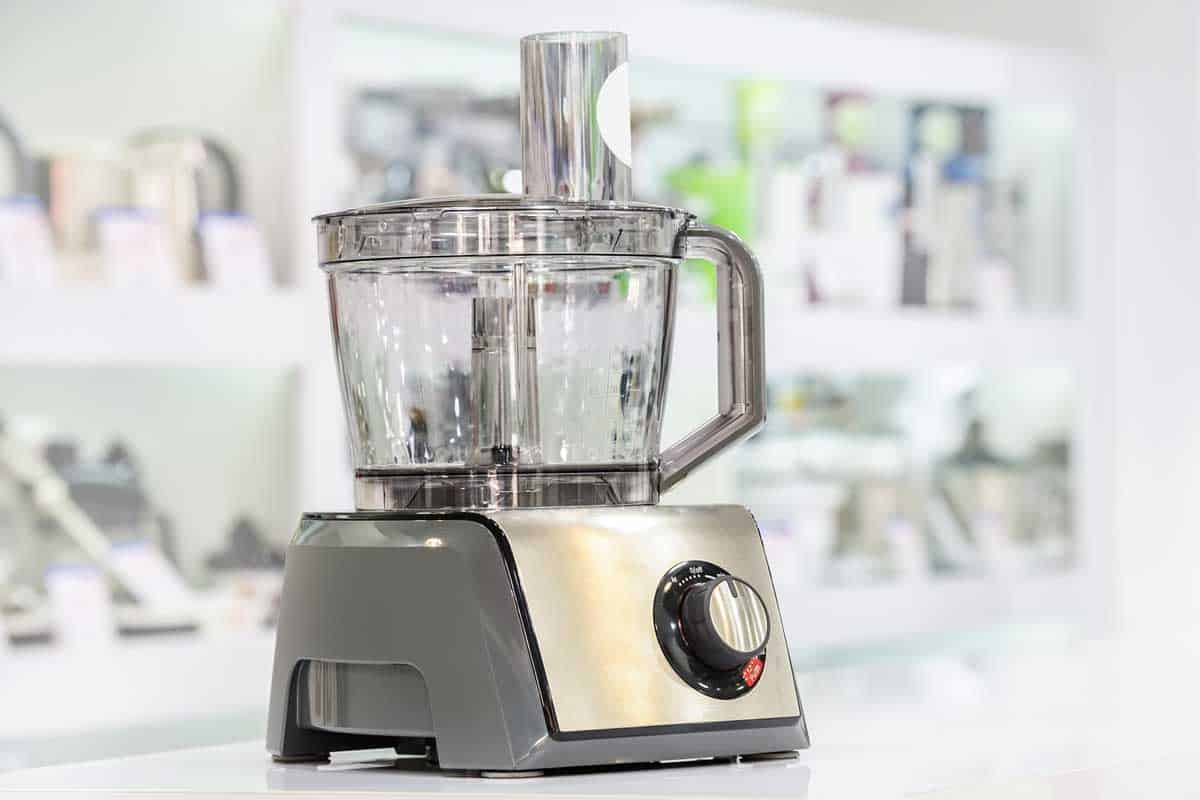
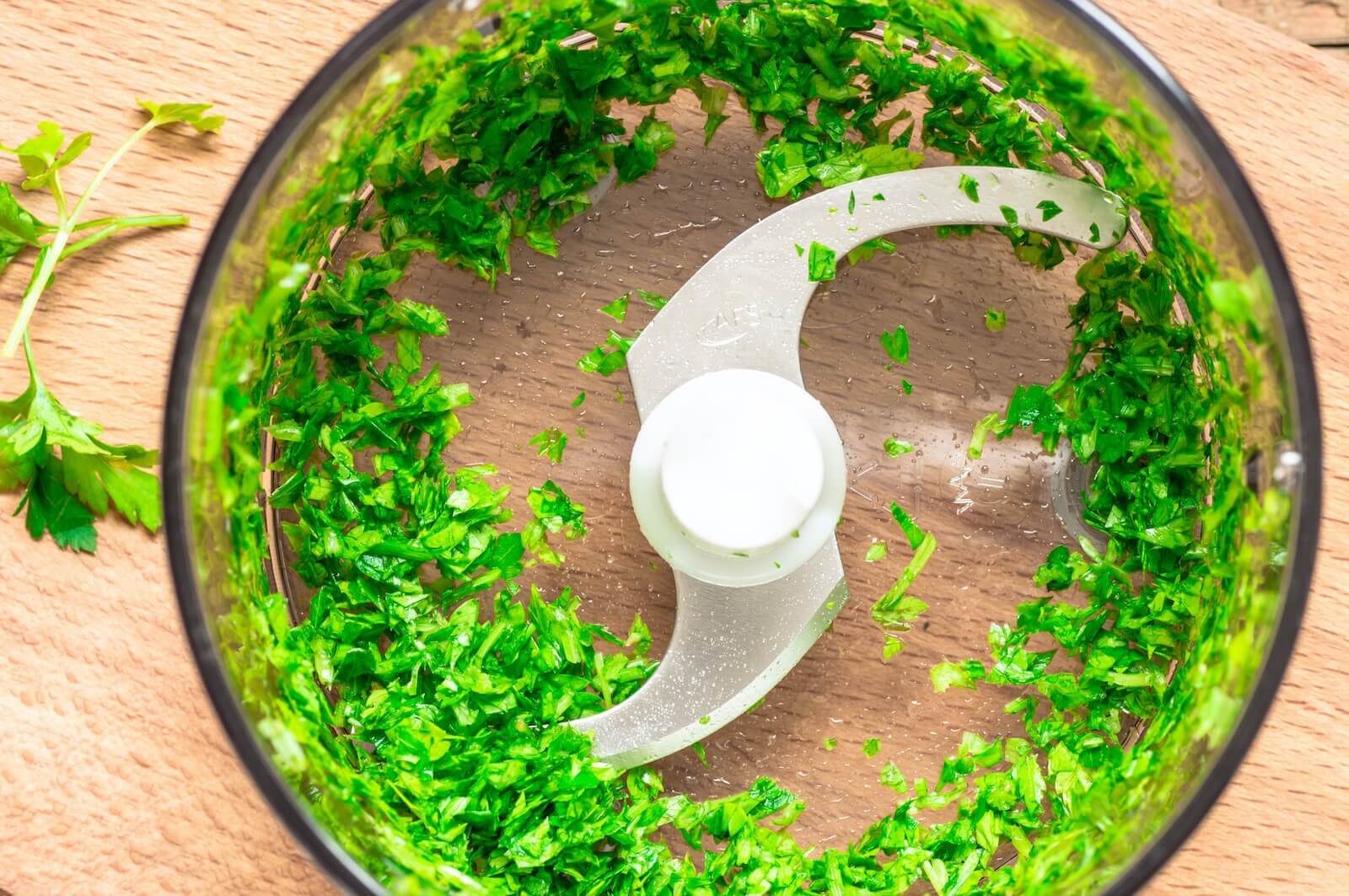
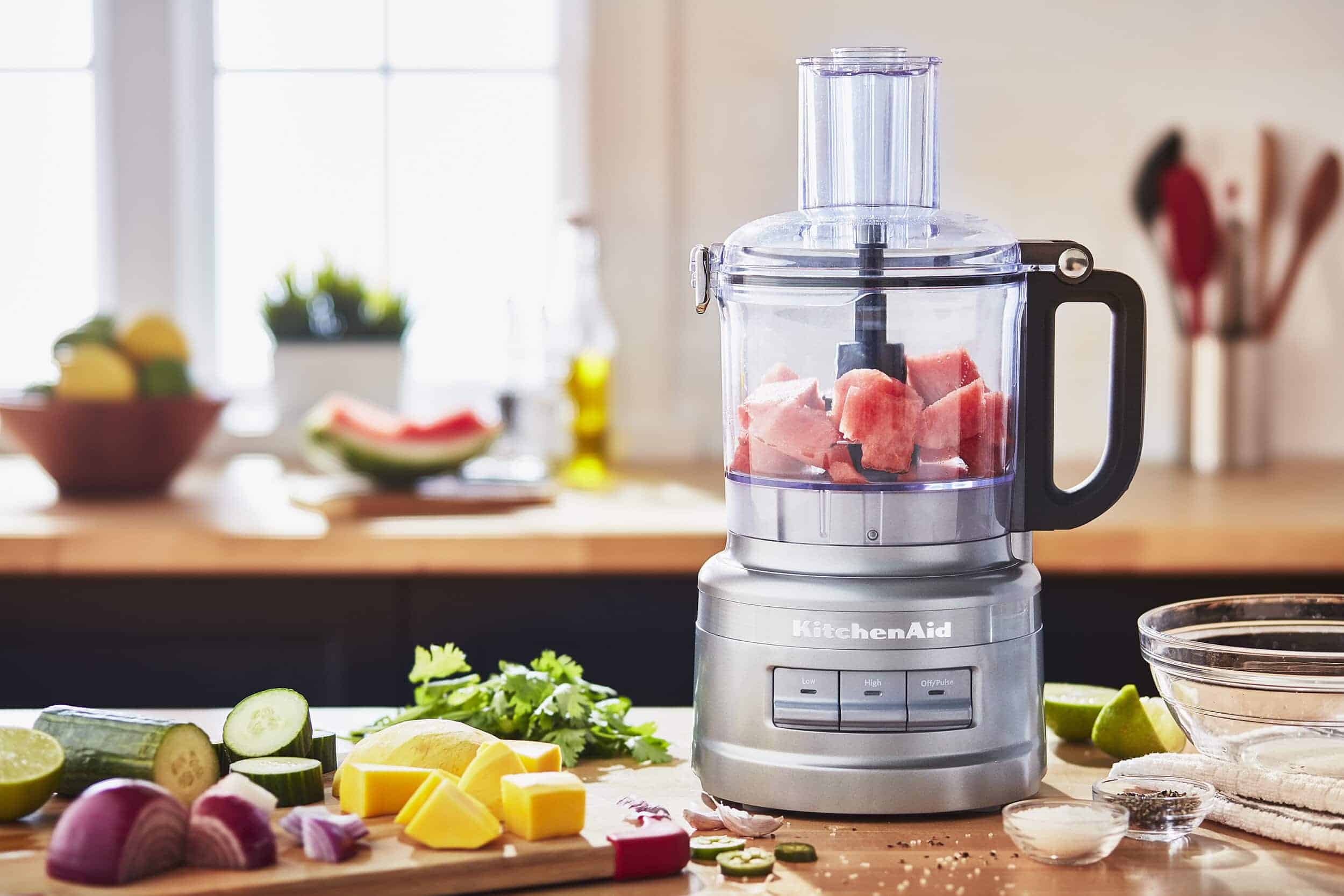
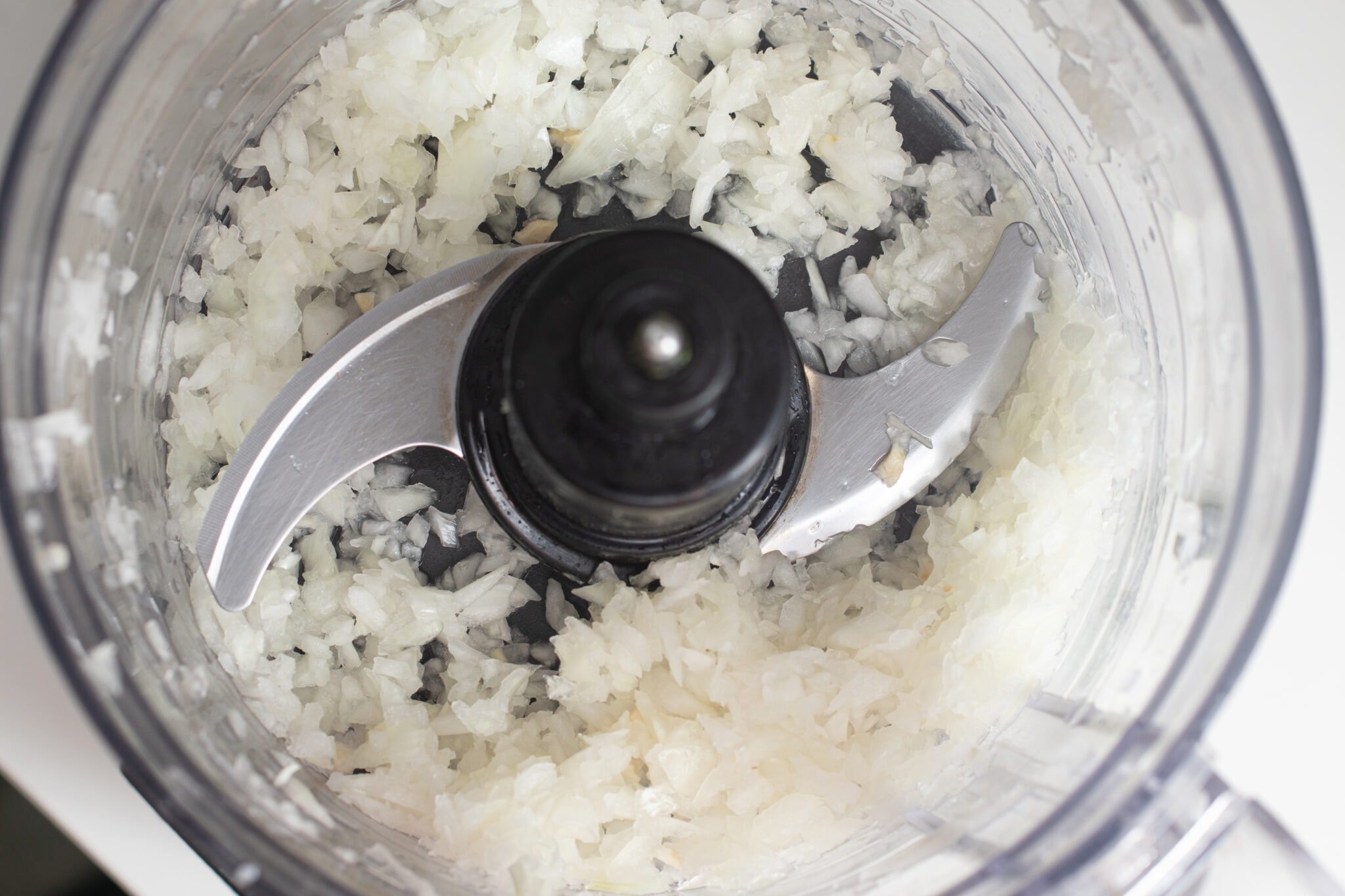
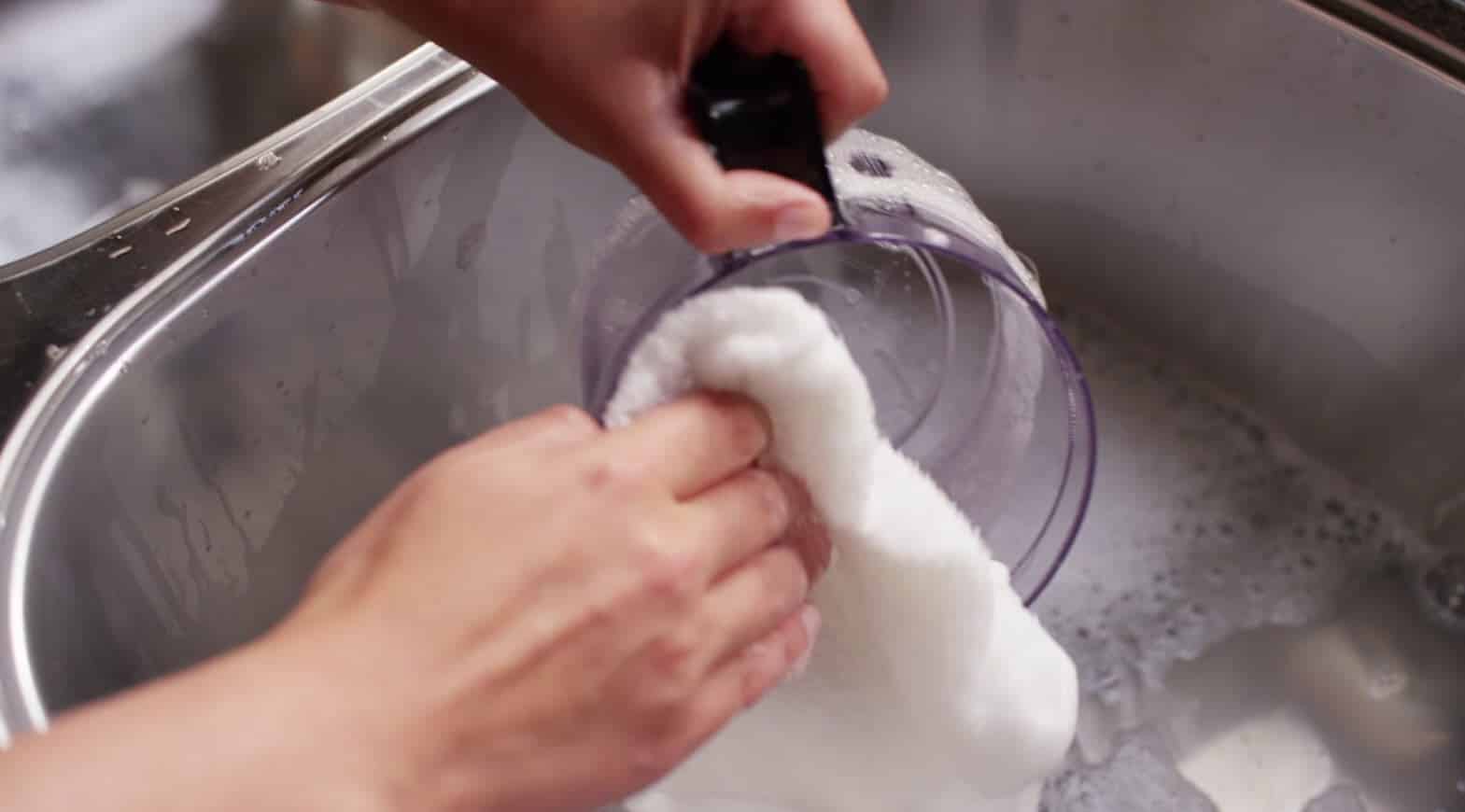

0 thoughts on “Food Processor What To Look For”